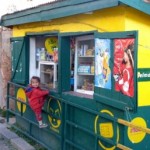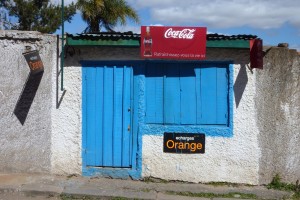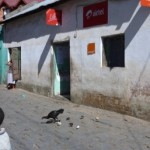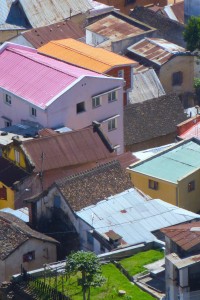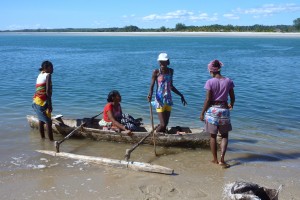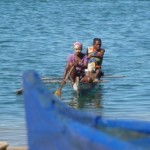Madagascar
The rooftops of Antananarivo are brightly coloured and individual. Though made of practical, mundane materials and individually uninteresting, the cumulative effect of the variety of hues, shapes and angles produces an attractive effect that varies according to the weather and time of day. At first we see a mix of colours and textures; it is only on detailed inspection that the individual elements reveal their ordinariness.
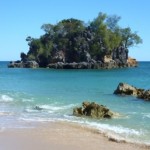
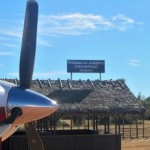 The Anjajavi resort hotel is located in the north-west of the island. It is remote from towns of any size and accessible only by air or by sea. You have to be determined to get there, typically by a two and a half hour flight by light aircraft chartered from Antananarivo airport and landing on a grass strip. The photo shows the ‘terminal’ at Anjajavy, which consists of an open building to allow shelter from sun and rain. The are no roads, only tracks. The only vehicles that some villagers have seen are those belonging to the resort, used to transport guests to and from the airstrip and collect air deliveries.
The Anjajavi resort hotel is located in the north-west of the island. It is remote from towns of any size and accessible only by air or by sea. You have to be determined to get there, typically by a two and a half hour flight by light aircraft chartered from Antananarivo airport and landing on a grass strip. The photo shows the ‘terminal’ at Anjajavy, which consists of an open building to allow shelter from sun and rain. The are no roads, only tracks. The only vehicles that some villagers have seen are those belonging to the resort, used to transport guests to and from the airstrip and collect air deliveries.
The hotel adopts, as far as is practicable, an environmentally-friendly and socially responsible policy of leaving nature untroubled and engaging in trade with the three local villages. Being a small resort, the amount of trade is beneficial, but not so great as to impose a dependency. These women, arriving in their dug-out canoe, have a cloth bag, full of crabs in wet mud for delivery to the kitchen, to accompany local fish, fruit and vegetables. I was told that the only Guests are encouraged to visit village markets and buy local artefacts, notably embroidered items, decorated with simple motifs of lemurs and baobab trees. We came across the woman at the front of the boat at the market and were able to see her face decoration in more detail.
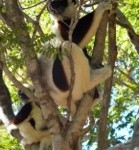
Siffakas roam freely in the grounds and are often seen dancing sideways across the lawn in front of the hotel. Visitors are forbidden to touch them, though they are curious and allow people to approach within three metres. They seemas interested in watching people as people are in them.Their only predators are three boa constrictors, harmless to humans, who live in the grounds, who will occasionally take one and spend three weeks digesting it.
Back in the capital, we stayed in a small hotel, at the top of the steep hill overlooking the city, where one of the pleasures was to sit on the balcony and watch the sun set rapidly, at around six o’clock each evening. The hill takes thirty minutes to walk up; an excellent way of working off holiday excesses. Every day, as early as six in the morning, students from the college halfway up can be seen (and envied) running the complete distance from bottom to top and back. Here is a selection of small shops along the route.
